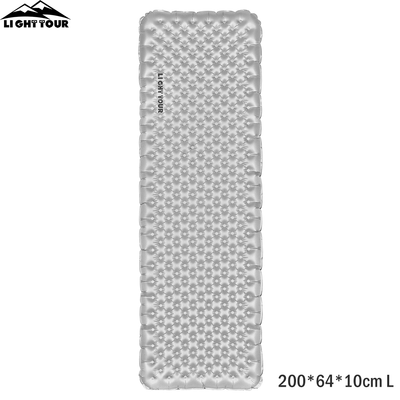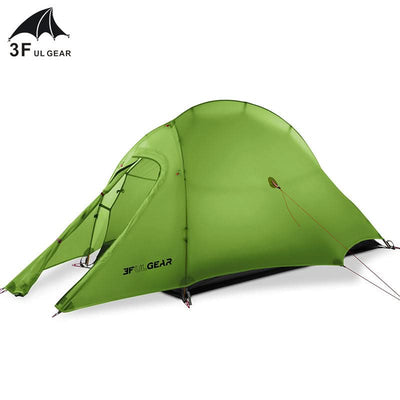The joy of camping opens up plentiful family holidays, romantic getaways for couples, and access to the great outdoors for the intrepid explorer – all from the comfort of a camping tent. But, how do you choose the best camping tent for you and your lifestyle?
Before you can consider the intricate details of waterproofing and pole structure, you need to consider the answer to the primary question – what do you want from your tent?












